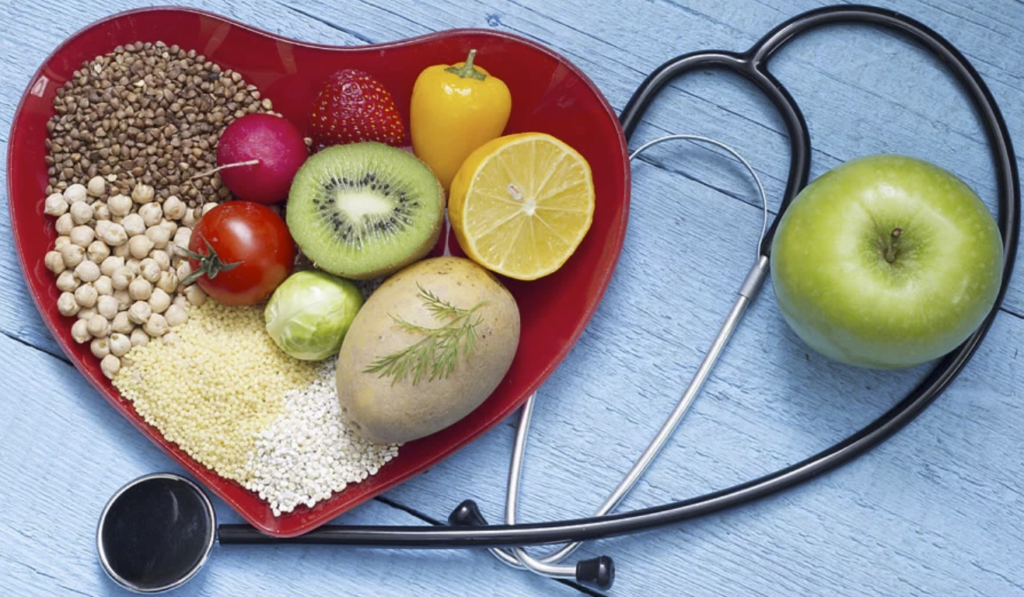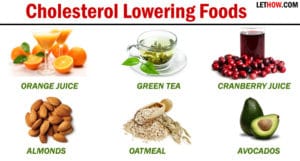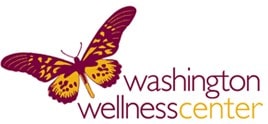Adapted from CNN.
High cholesterol? Here’s a pill. High blood pressure? Here’s two pills. High blood sugar? Here’s two pills, at least one is a statin, as well as an injection. This is what many doctors routinely do without ever addressing why the cholesterol, blood pressure or blood sugar is abnormal in the first place.
But there is an alternative. According to recent research:
- Treating medical conditions that are the result of poor diet with medication may not be the best approach for our long term health and well-being.
- Data on the effectiveness of statins isn’t definitive beyond certain heart related conditions.
- Although doctors can spend years in training, the amount of time spent studying nutrition is minimal.
- The solution is to give physicians, insurers, and patients an alternative food-based option for cholesterol lowering that could be as effective as statin drugs.
- According to a recent study, using a nutritional approach (instead of statins), reduced cholesterol levels 20%-40% in some individuals.
Before you start taking statins to treat high cholesterol, consider the role nutrition plays. Some patients can benefit from nutritional changes alone while some may require a combination of diet and statins.
The benefits of Statins beyond heart health aren’t clear
There may be thousands of food items in the average grocery store, but none of them has been subjected to any real scientific testing when it comes to cholesterol levels or regulating blood pressure. Products may show off all kinds of special heart symbols promising health but that tells only part of the story.
For example, a cereal might contain fiber and tout the ability of this nutrient to lower cholesterol, but the fine print reveals that a serving of the cereal also has the added sugar equivalent of three cookies. Any positive health effect of the fiber is offset by other ingredients. How is the average consumer supposed to know this? They’re not. They’re just supposed to like the taste, and feel good about buying the cereal.
A couple of decades ago, the National Institute of Health cholesterol guidelines mandated that changing diet should be tried for three months as the first step in treating high cholesterol, before putting anyone on drugs. But today, many doctors are skeptical about a food-based solution. Although doctors can spend years in training, the amount of time spent on nutrition is next to nothing.
For example, the American Heart Association’s latest cholesterol management guideline is over 100 pages in length. How much of that is focused on diet? One paragraph. The guidelines instruct providers on which patient to put on which drug and at what dose. Children as young as 10, according to the guidelines, can be started on statin medications such as Lipitor and Crestor.
Should you take statins?
Unfortunately, many physicians only know the prescription model. They are taught that only a clinical trial is valid proof of efficacy.
There’s definitely a double standard when it comes to prescribing medications. Doctors are monitored according to whether they prescribe medications. If they don’t follow the cholesterol guidelines (by prescribing statins), insurers will send letters of discontent. The fact is that if a doctor doesn’t talk to you about the cholesterol-lowering effects of walnuts and oat bran, nobody cares.

The solution is to give physicians, insurers, and patients an alternative food-based option for cholesterol lowering that could compete with drugs on every level. These foods taste great and are formulated using only health-promoting ingredients. They are dosed and measured and as easy to prescribe and use as medications. Most importantly, they yield clinically meaningful cholesterol reductions as confirmed by a clinical trial.
New cholesterol guidelines offer a more personalized approach
Clinical trials were conducted in two countries testing foods in statin intolerant individuals. These were people who are candidates for statin drugs but either can’t or won’t take the medications due to side effects, such as muscle aches. The only instruction to the study participants was: “Eat these foods, mostly heart healthy food bars and smoothies, twice per day instead of something you’re eating already,” without making any other lifestyle changes. Literally as simple as “take this pill twice per day.”
The result was that 20%, 30%, even close to 40% cholesterol reductions were found in many individuals in just 30 days. You can see the details of the study here. These medication-level cholesterol responses were obtained with food, without the need for dietary overhauls or exercise routines. They don’t just represent an option for the estimated 20 million Americans who are statin intolerant and have no other solutions available to them, but for millions more who need to lower their cholesterol.
As with medications, not everyone’s cholesterol will respond equally to a food intervention. Some people should be on statins even if their cholesterol is perfect.
But given that it takes only a month of dietary change to determine whether you’re a food responder, doesn’t it make sense to give people the chance to at least try a validated food intervention before assigning them to a lifetime of pills?
Especially since food doesn’t have any side effects! Just side benefits such as lower blood pressure, better blood sugar control, weight loss and feeling better.
